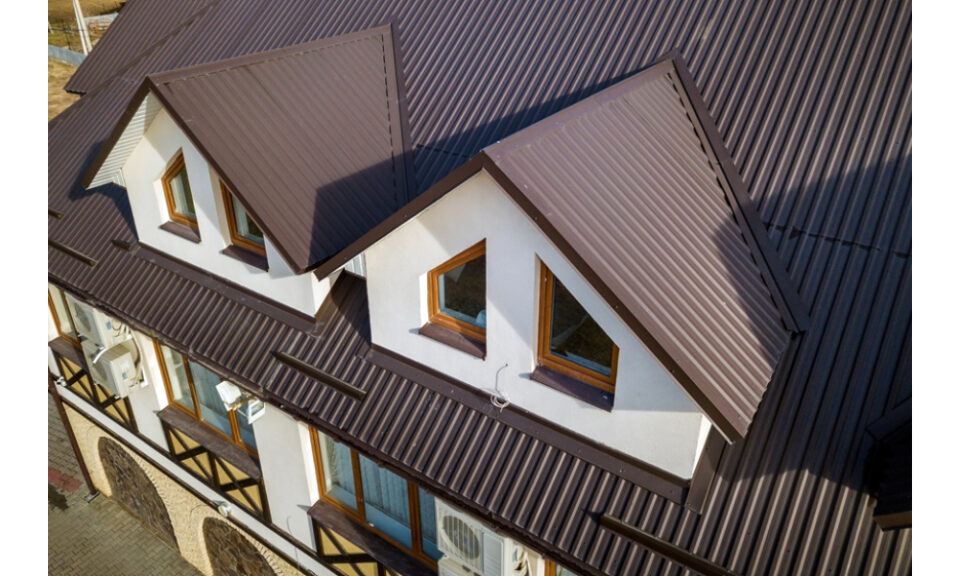When it comes to repairing or maintaining your roof, understanding your options is crucial. Two common solutions homeowners encounter are partial roof replacement and full roof replacement. While both serve to address roofing issues, the scope, cost, and long-term benefits differ significantly. Here’s a breakdown of what sets them apart—and how to choose the best solution for your home.
What Is a Partial Roof Replacement?
A partial roof replacement involves removing and replacing only a section of the roofing system—typically the area that is most damaged or worn. This is often done when issues are localized, such as storm damage to one side of the roof or isolated leaks caused by missing shingles or compromised flashing.
Benefits of Partial Replacement:
- Cost-effective: It’s generally cheaper upfront than a full replacement.
- Faster installation: Since only part of the roof is being replaced, the process takes less time.
- Targeted solution: If only a small area is affected, there’s no need to replace what’s still in good shape.
However, partial replacements can come with some downsides. Matching the new materials to the existing ones may be difficult, especially if your roof is aged or faded. This can result in a patchy appearance that affects curb appeal. Additionally, it may not address underlying issues in other parts of the roof, which could lead to more repairs in the future.
What Is a Full Roof Replacement?
A full roof replacement means tearing off all the existing roofing materials down to the deck and installing a completely new roof. This is recommended when the roof is nearing the end of its lifespan, has widespread damage, or suffers from chronic leaks or poor insulation.
Benefits of Full Replacement:
- Comprehensive coverage: All underlying issues, such as rotted decking or ventilation problems, can be addressed.
- Long-term durability: New roofing systems last longer and often come with updated warranties.
- Enhanced energy efficiency: Modern materials can improve insulation and lower energy costs.
While more expensive upfront, full replacement offers peace of mind and long-term value, making it a smarter investment in many cases, especially if the roof is more than 15–20 years old.
Which Option Is Right for You?
The choice between partial and full roof replacement depends on several factors, including:
- Extent of damage
- Age of the roof
- Budget
- Plans for the property
A professional inspection can help determine whether your roof issues are isolated or widespread. In some cases, a partial replacement might seem cheaper but lead to higher costs down the line if underlying problems are missed.
Call for a Free Roof Inspection Today!
Whether you’re dealing with a small leak or major storm damage, knowing the difference between partial and full replacement is key to protecting your investment. Let our expert roofing team assess your situation and recommend the best solution. Contact us today for a free roof inspection and get honest guidance with no pressure!
Don’t wait until small issues become costly repairs—schedule your consultation now!
This post was written by a professional at Florida Roofing and Gutters. Florida Roofing and Gutters, founded by Tri-Town Construction, is the best metal roof replacement Venice FL to turn to for residential and commercial roof replacements and repairs in Southwest Florida.

